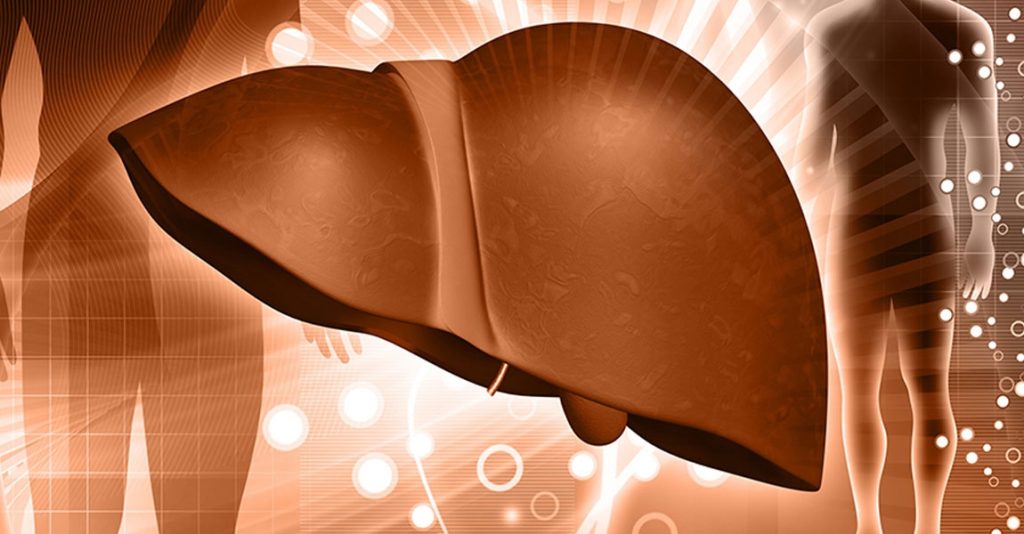
What are the main fibrogenic pathologies of the liver?
Home > Health Info > Health Articles

There are many diseases that can cause gradual fibrosis of the liver and develop into cirrhosis. The most common cause of cirrhosis in France (50%) is excessive alcohol consumption. Chronic viral hepatitis (B and C) causes 30% of cirrhosis cases. Non-alcoholic steatohepatitis (NASH) currently seems to account for 10% of cirrhosis cases. Overload diseases (haemochromatosis and Wilson’s disease) and auto-immune diseases (primary biliary cirrhosis and auto-immune hepatitis) are rare, and account for only 5% of cirrhosis cases each.
Alcohol :In France, excessive alcohol consumption is still the most common etiology, and causes approximately 50% of cases of liver fibrosis. Fibrosis sets in when consumption reaches or exceeds 30 g per day over several years. In this case, alcoholic steatosis also appears, promoting fibrosis.
Viral Hepatitis B :This is a DNA virus whose main contamination mode is still via blood (intravenous drug use, tattoos, piercing), as well as sexual contact and vertical transmission during birth. Transmission via blood transfusions or blood products or unsterilised equipment is unusual in the industrialised nations. The Hepatitis B virus is cured spontaneously in 90% of cases. In 10% of cases, Hepatitis B develops into a chronic form. These chronic forms cause fibrosis damage.
Viral Hepatitis C : This is an RNA virus. Unlike Hepatitis B, the Hepatitis C virus is not considered to be a sexually transmitted disease. The contamination mode is through blood. Most transmissions are secondary via intravenous drug use (needle sharing), but the origin is unidentified in 30% of cases. The Hepatitis C virus is spontaneously cured in only 10% of cases, and 90% of cases therefore develop into a chronic form. These chronic forms cause fibrosis damage.
Non-alcoholic steatohepatitis (NASH) is defined histologically by the combination of steatosis and liver inflammation. Fibrosis is observed in 30 to 80% of cases. We estimate that it represents the main cause of chronic liver damage in the Western world (16 to 30% of the population in the USA). Obesity is the main cause.
Primary biliary cirrhosis (PBC) : This is an inflammatory disease of the small intrahepatic bile ducts. It is most often found in women over 40, and its cause is unknown. The term ‘cirrhosis’ is inappropriate, because cirrhosis is present only in the advanced forms. The presence of anti-mitochondrial antibodies is observed in most patients.
Auto-immune hepatitis : This is an inflammatory disease of the small intrahepatic bile ducts. It is most often found in women over 40, and its cause is unknown. The term ‘cirrhosis’ is inappropriate, because cirrhosis is present only in the advanced forms. The presence of anti-mitochondrial antibodies is observed in most patients. Auto-immune hepatitis: This is an inflammatory disease of the liver, which can occur at any age, characterised by elevated transaminase and gammaglobulin levels (immunoglobulin G) as well as the presence of autoantibodies (antinuclear antibodies, anti-smooth muscle antibodies, anti-LKM antibodies). It more often affects women. .
Genetic haemochromatosis is a genetic condition caused by deficient regulation of the intestinal absorption of iron. Iron accumulates in the tissues, and particularly in the liver, causing fibrosis and then cirrhosis. This disease is ten times more common in men than women (because of the loss of iron during menstruation), and is recognised in the 40-60 age range. The treatment for haemochromatosis involves performing repeated bleeding to reduce the iron deposits in tissues.
Wilson’s disease is a genetic disease caused by the accumulation of copper in the liver. The cornea and the central nervous system can also be affected. This is unusual.
Share :




